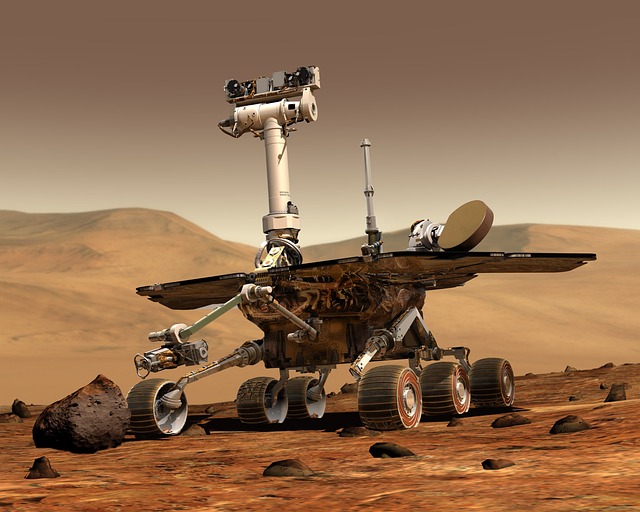Understanding the Future Through Robotics Education
The landscape of learning is shifting dramatically, and at the forefront of this revolution is robotics education. As technology progresses, the integration of artificial intelligence and automation in business becomes not just beneficial but essential. Robotics education serves as the foundation for equipping the next generation with the skills necessary to navigate this ever-evolving landscape.
Imagine a classroom where students are not merely passive recipients of knowledge but active participants in creating and programming robots. This hands-on approach brings to life the concepts of science, technology, engineering, and math (STEM). Robotics education fosters critical thinking, creativity, and problem-solving skills, empowering students to think like innovators. Through building robots, students learn about the mechanics of movement, programming logic, and even the fundamentals of artificial intelligence.
The incorporation of AI into robotics education enhances the learning experience even further. Students can design robots that learn from their environment, adapt their tasks based on real-time data, and interact more intelligently with users. This blend of robotics and AI prepares students for future careers where these technologies dominate business practices. By understanding the principles behind automation, they will be ready to contribute to industries that utilize these innovative tools to streamline operations and increase productivity.
Robotics education not only arms students with technical knowledge but also instills a sense of collaboration. Often, robotic projects require teamwork, encouraging students to communicate and cooperate. They learn to delegate tasks based on individual strengths, mirroring real-world business environments where collaboration drives success. By fostering these soft skills alongside technical expertise, we are nurturing a generation of adaptable problem-solvers.
As businesses increasingly turn towards automation, understanding how to leverage robotics and AI becomes a vital skillset. Organizations that invest in automation seek out employees who not only understand the technology but can innovate and apply it effectively. Robotics education ensures that students are not just consumers of technology but creators who can drive its future direction. This is particularly evident in sectors such as manufacturing, healthcare, and logistics, where automation is transforming traditional workflows and enhancing efficiency.
Moreover, robotics education can break down barriers in societal engagement. By making robotics accessible to a diverse student population, we can inspire learners from all backgrounds to pursue careers in tech. As we prioritize inclusivity within this field, we can tap into a wellspring of ideas and perspectives, ultimately leading to more innovative solutions to global challenges.
In summary, the intersection of robotics education, artificial intelligence, and automation in business is not merely a trend; it is reshaping our society’s educational fabric. By embracing these advancements, we prepare ourselves and future generations for a world where technology and human ingenuity work hand in hand. It’s time we open the doors of learning to robotics, creating a pathway for innovation that will define the future.




